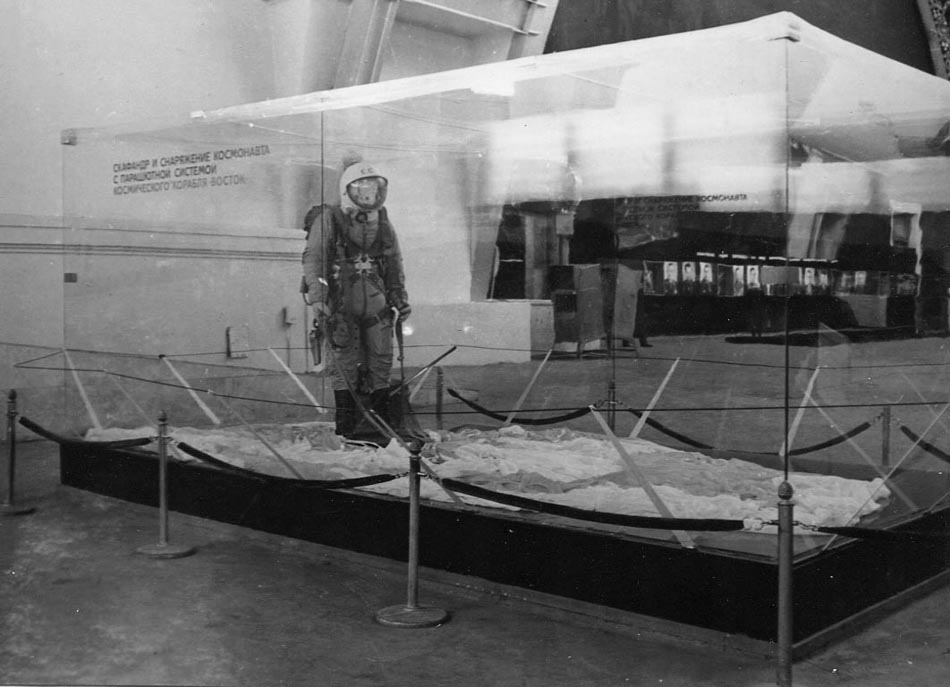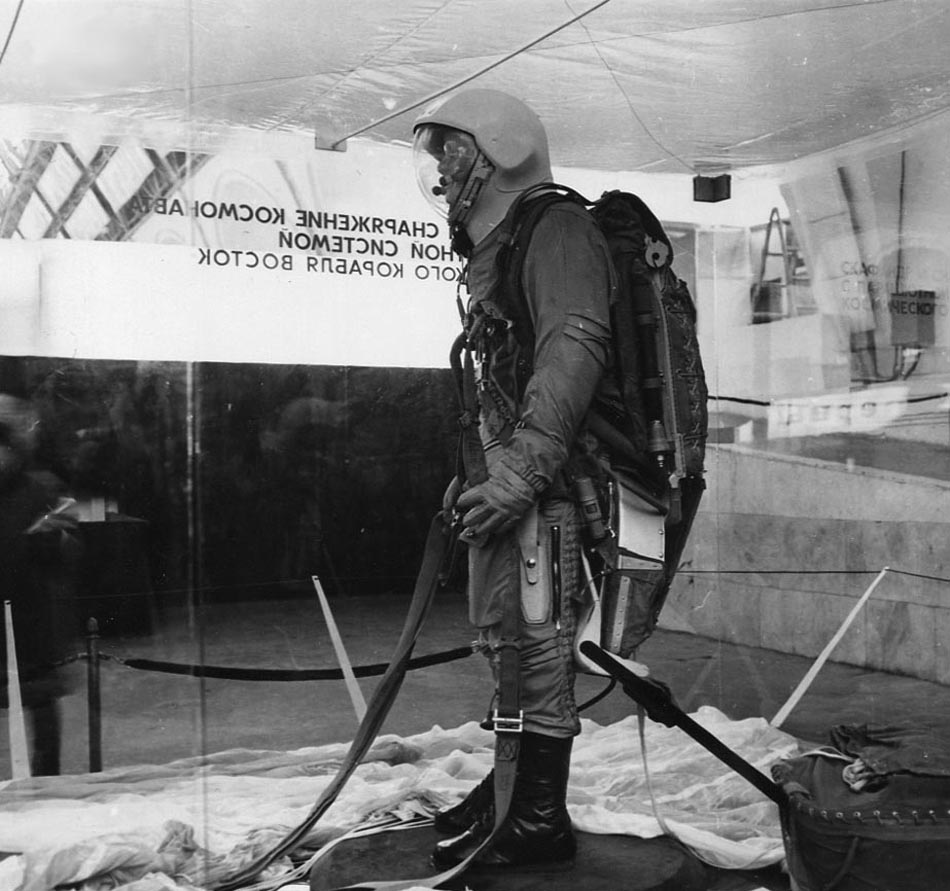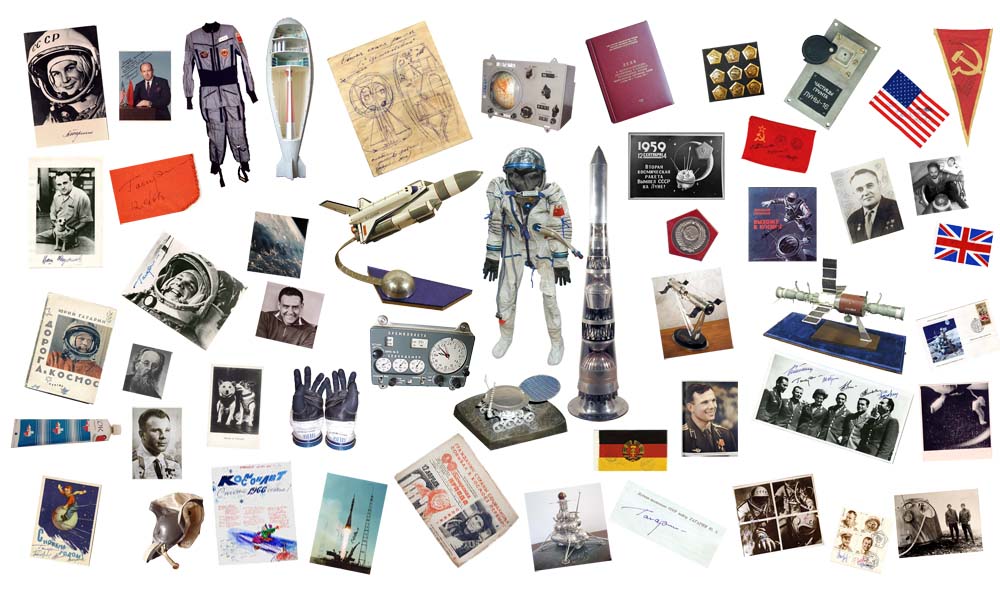
|

|
General view. The inflatable collar straightened.
|
General view from another point.
|

|

|
Emergency supply (NAZ) release handle.
|
Wiring and connectors.
|

|

|
Parts of parachute release mechanism.
|
Parts of parachute release mechanism.
|

|

|
Barometric altimeter with timer for parachute actuator.
|
Barometric altimeter with timer for parachute actuator. Another view.
|

|

|
Roller.
|
Pressurized air container for inflatable collar.
|

|

|
Pressurized gas cylinder for auxiliary parachute automatic actuator.
|
Medical waist socket.
|

|

|
Medical waist socket.
|
Parachute releaser actuating mechanism hawsers.
|

|

|
OSK lock (to quickly release main parachute lines if it does not open).
|
Auxiliary parachute manual releaser "red ring" handle.
|

|

|
Shoulders and legs belts lock with one belt locked.
|
Shoulders and legs belts lock unlocked.
|

|

|
Belt adjustment mechanism.
|
Air hose with connector on its end.
|

|

|
The place for packing the parachute.
|
Bottom part (seat) handles.
|

|

|
Parachute release mechanism hawser and medical sockets.
|
Medical connector socket.
|

|

|
Parachute actuators cocking mechanism.
|
Communication connection sockets.
|

|

|
Barometric altimeter with timer for parachute actuator.
|
Pneumatic and electric sockets.
|
|

|
Vostok cosmonaut on ejection seat
(photo from the museum of NPP Zvezda).
Not included with the item.
|

|

|
Spacesuit and parachute equipment of Vostok cosmonaut.
(Permanent exhibition of national economy achievemnets, Moscow, USSR)
Not included with the item.
|
Another view of Vostok cosmonaut with parachute backpack PSPK-1.
(Permanent exhibition of national economy achievemnets, Moscow, USSR)
Not included with the item.
|

|

|
Back side of PSPK-1 with released parachute (photo from the book).
Not included with the item.
|
Bottom part of PSPK-1 packed with NAZ
(photo from the book).
Not included with the item.
|

|
Emergency supply NAZ contents
(photo from the book).
Not included with the item.
|






